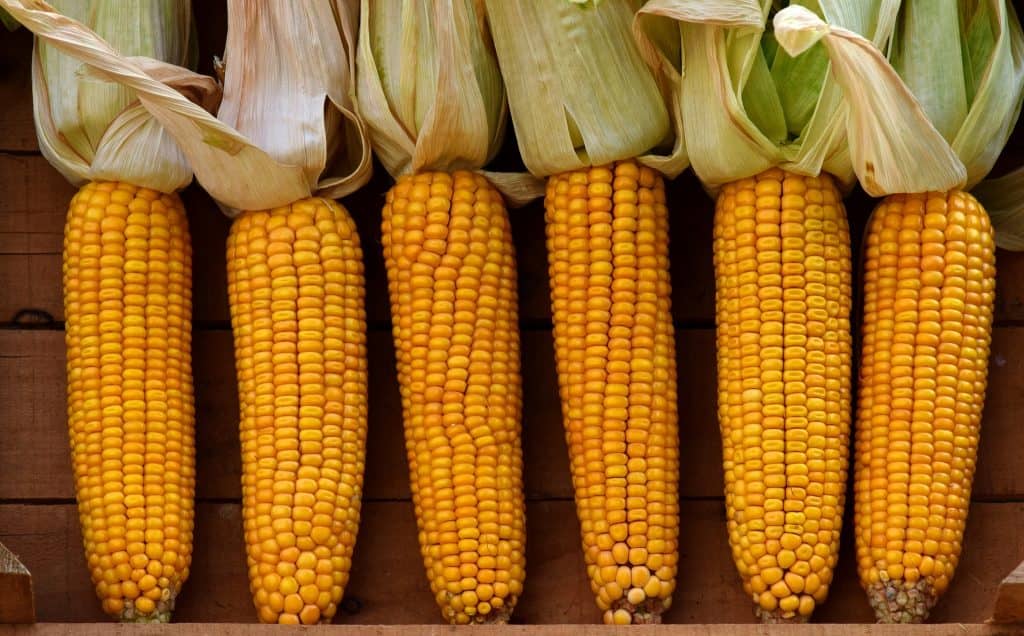Porto Alegre, August 22, 2023 – After the excellent first half of August, in terms of rain and temperatures, the climate once again reversed the tense environment. Besides a new heat wave for much of the Midwest, the rains have lost intensity and will remain so until the end of the month. It is very difficult to assess the general effect of this scenario on crops at this time, and the effective results in productivity must be seen at this year’s harvest. The market must rally expecting some kind of failure. As of mid-September, the harvest must start, and the symptom of US exports will set the price profile for the CBOT.
Many variables over the week in the context of commodity prices. Initially, the clashes between Russia and Ukraine again brought an environment of concern for wheat and oil. Wheat prices partly recovered last week. Oil continued to try to stay above USD 80/barrel in New York. The two indicators ended up helping corn prices via competition in feedstuff and fuel. Without additional worrying facts, we do not think corn will sustain prices during the US harvest with these indicators.
The Chinese picture is quite worrying. The Chinese economy took a while to get out of the COVID restrictions, adopt measures to rebuild its real estate sector and cut interest rates. China adopted a different economic measure than that of the West, that is, it raised interest rates amid the pandemic and tightened credit. Now, the recovery process has been slow, and there is a need for measures such as a sharp cut in interest rates, an increase in
the supply of credit, and currency devaluation. The exchange rate reached its historic high last week and started to make imports of commodities very difficult, from soybeans to pork. Dollar prices in the international market would have to give way to compensate for the Chinese exchange rate. Perhaps, if not for the US weather, commodity prices would have accelerated the week’s losses.
The US corn crop closed the first half of August with 60% of crops in the graining stage, basically the same as the historical average and close to 93% already pollinated. This leaves some percentage of risk for regional crops. Only 15% of crops are in the final graining stage and are starting to mature. This means that the next thirty days are still important for corn crops, as temperatures and moisture are essential to determine the final weight of the grain that will be reaped from mid-September. We should just remember that more critical situations involving production may only appear in the USDA data in January and help the market little in the short term.
In any case, the moment for the US crop is once again delicate due to the cut in rainfall at the end of the cycle. Heat would not be a problem as long as it rains. But with below-normal rainfall, the result of productivity can vary greatly in each region/state. This Monday, the traditional Pro Farmer crop tour begins, which may confirm the USDA estimates or not. In general, the crop tour data are not identical to those from USDA and are not intended for that, being an accurate and private view of the field that brings guidance to the market. A week that will be tense because of the climate and the crop tour.
We must also consider that US old-crop exports have been very bad, and until the end of the business year there may be cuts in the export projection with the generation of more local stocks. The exports of the new crop have their pace, but nothing exceptional, even more so with Brazil seemingly taking over the world export environment at this moment.
With the US harvest, would CBOT prices and premiums remain high, compromising US competitiveness? Pressures are still expected to arise during the harvest despite current weather conditions. Remember that USDA has the prerogative to project demand, and production cuts usually lead to cuts in demand projections as well.
Copyright 2023 – Grupo CMA

